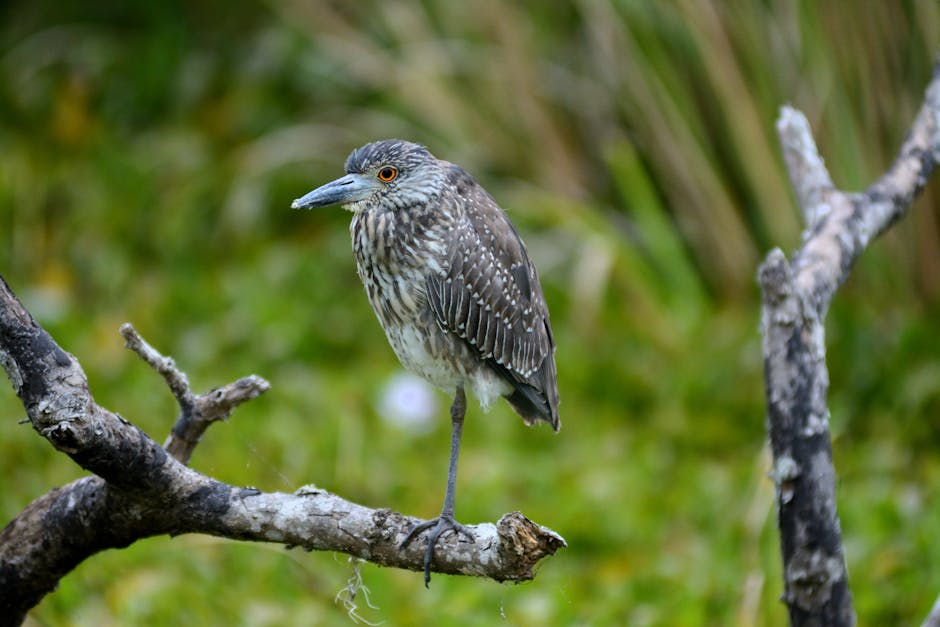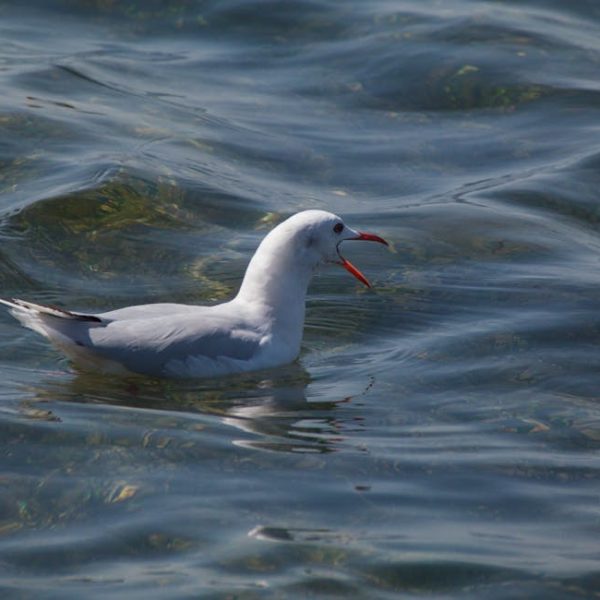Just imagine: relaxing on your patio on a warm summer’s eve, without the need for citronella candles or bug sprays. The answer lies not in chemicals, but in the harmonious balance of nature. By harnessing the natural predator-prey relationship, we can implement effective, eco-friendly pest control strategies. Specifically, there exists a special category of birds that feed on mosquitos – providing us relief while executing their hunt.
Understanding Mosquito Predators: The Role of Birds
While there are several types of predators that feed on mosquitos, a significant number of them sit feathered and perched. Yes, several bird species consider mosquitos as a regular dish on their menu, contributing towards a sustainable pest-control method often overlooked. Observing these birds in your area can be a clear sign of a strong natural defense against mosquitos.
Some common bird species known to feast on mosquitos include:
- Swallows
- Purple Martins
- Ducks
- Geese
- Guineafowl
A keen understanding of these birds, their habitats, and what attracts them can help you naturally and sustainably control mosquitos in your local milieu – a principle that can be applied even in urban settings.
The Swallow Family: A Dedicated Mosquito Hunter
Swallow species, notably Barn Swallows and Tree Swallows, are among the top mosquito predators. Their diet primarily consists of flying insects, and they are exceptionally good at catching their prey in flight. Their migratory nature and breeding patterns also play a significant role in controlling mosquito populations.
| Swallows | Other Birds |
|---|---|
| Effective at controlling mosquito quantities due to their diet and habits. | May contribute less to mosquito control due to differing dietary preferences. |
To attract these aerial acrobats to your surroundings, consider installing nesting boxes near open areas and water bodies, ensuring these avian allies feel at home and ready to perform their natural pest control duties.
Purple Martins: The Mosquito Devourer
Purple Martins are among North America’s largest and most beloved swallows. They have a diverse diet, always on the hunt for flying insects such as mosquitos. Providing these magnificent birds with a conducive environment is a proactive and easy-to-implement step towards efficient natural pest control.
Here’s a simple checklist for setting up a Purple Martin house:
- The house should be in an open space, at a height of about 12-20 feet.
- Ideally, it should be at least 30-40 feet away from human accommodations.
- Keep the entrance facing the open field for easy access.
Maintaining the martin house is crucial for its inhabitants’ survival. Ensure it is safe from predators such as snakes and cats by setting up appropriate barriers or deterrents.
The Night Shift: Bats and Owls
As the sun sinks low and nightfall begins to blanket the land, a new set of feathered and furry predators come to life. Bats and owls, the nocturnal answer to mosquito woes, are relentless hunters, serving as a check on any potential mosquito population surge in the night hours.
While their dietary preferences might be varied, mosquitos are unmistakably part of the diet for these creatures of the night:
- Bats: A single bat can consume thousands of insects in a single night, including mosquitoes.
- Owls: Although not their main prey, owls do indulge in mosquito snacks, playing their part in mosquito regulation.
| Bats | Owls |
|---|---|
| Omnivorous; insects make up a significant part of their diet. | Primarily carnivores, insects form a smaller proportion of their diet. |
To invite these night sentinels, consider installing bat boxes or suitable owl nesting sites. Ensure they are placed in quiet, undisturbed locations. Supplement this with a water source, like a small pond or birdbath, as these creatures often hunt near water bodies.
Lesser Known Heroes: Waterfowl and Game Birds
We must not overlook the contributions from our aquatic avian companions and the friendly game birds. Waterfowl, such as ducks and geese, and game birds like guineafowl, often snack on both mosquitos and their larvae, providing an additional layer of natural pest control.
These birds’ presence facilitates a dual benefit: debilitating the mosquito population and enriching the ecosystem’s biodiversity.
Some notable waterfowl and game birds include:
- Mallard Ducks
- Canada Geese
- Wood Ducks
- Helmeted Guineafowl
If your property allows, consider installing a small water body or pond to attract waterfowl. On the other hand, game birds need sufficient ground cover and open space. Balance the two environments cohesively, and you’ll have more allies in your fight against mosquitos.
In conclusion, birds play an affluent role in regulating mosquito populations. Leveraging their natural predilection for these pests not only provides chemical-free pest control but also promotes a healthy and diverse ecosystem. Get to know your feathered friends a little better, and they might just help you enjoy those summer nights with a little less ‘buzz’ in the air.
Key Takeaway:
- Numerous bird species, including swallows, purple martins, ducks, geese, and guineafowl, contribute to natural pest control by feasting on mosquitos and their larvae.
- Understanding the habitats and behaviors of these birds can help us attract them for efficient, eco-friendly mosquito control at home.
- Providing the right environment, such as installing nesting boxes for swallows and purple martins, bat boxes for bats, and water bodies for waterfowl can enhance their presence and efficiency in mosquito control.
- Nighttime mosquito control is possible through nocturnal predators like bats and owls.
By understanding and leveraging the capabilities of these feathered fighters, we can create sustainable, chemical-free environments with balanced ecosystems. Remember, the natural resources in our environments are not just mere observers; they are participants and crucial allies in maintaining our health and comfort.
FAQs
Q: Will attracting these birds make a significant difference in mosquito population in my area?
A: Yes, birds that feed on mosquitoes can remarkably control the mosquito population. However, keep in mind that mosquitoes breed rapidly, so the birds might not entirely eliminate them but will help in keeping their numbers in check.
Q: What other insects do these birds consume?
A: Apart from mosquitoes, these birds also feed on a variety of other insects, including flies, beetles, and dragonflies, contributing towards a balanced ecosystem.
Q: Why do we need to keep the Purple Martin house away from human accommodations?
A: Purple Martins prefer nests in open fields away from humans for better access to flying insects. Since mosquitoes are attracted to humans, they also cater to the safety of the nesting birds by keeping potential predators at bay.
Q: Can I use bird feeders to attract these birds?
A: While bird feeders might attract some birds, the mentioned bird species primarily feed on insects, and providing a conducive habitat for hunting will be more effective.
Q: What precautions should I take while setting up a bat box or owl nesting site?
A: Bat boxes or owl nests should be placed in quiet, undisturbed locations. Ensure these spaces are safe from potential predators like cats or larger birds. Also, maintaining a nearby water source will be beneficial since these creatures often hunt near water.
Encourage your friends, neighbors, and community to understand and utilize the power of natural pest control methods. Share this article and explore more on our website to create healthier, chemical-free environments.












